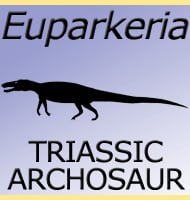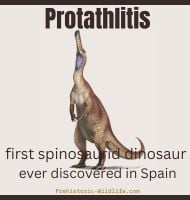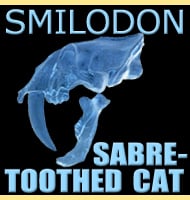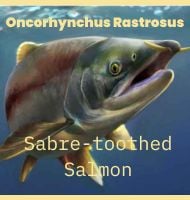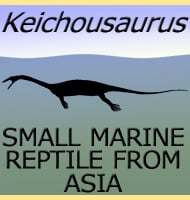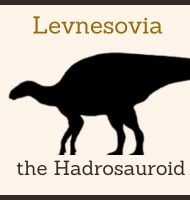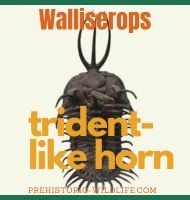In Depth
Waptia was amongst some of the first fossil animals ever described by the famous American palaeontologist Charles Doolittle Walcott, who today is best remembered for his work upon Cambrian era animals, especially those from the Burgess Shale Formation of Canada. Superficially, Waptia loosely resembles modern shrimps, however most researchers agree that Waptia is not a true shrimp, and while Waptia is usually listed as a crustaceomorph, most don’t consider Waptia to be a true crustacean (which shrimps are).
Waptia had a bivaled carapace that covered the cephalon (head) and the thorax (upper body). Behind this a segmented abdomen trailed behind and ended in a tail fan as well as a telson (a spike-like projection that grows from the very end of the abdomen). The fan in particular is interesting as this feature is also seen in shrimps where it is used both as a stabiliser for swimming as well as quick means of backwards propulsion through flicking to escape predators. This is something that modern shrimps do, and so even if Waptia was not related to modern shrimps, it may well have developed similar adaptations, either through convergent evolution or a shared common ancestor.
Another area where Waptia comes close to modern shrimps in living ability is in eyesight. The level of visual acuity is debatable, but most researchers agree that Waptia would have been at the very least capable of distinguishing between light and dark, and hence movement of other animals in its surroundings. Waptia may even have been capable of rudimentary sight in a similar manner to our own, though at the time of writing this idea is not conclusively proven.
Waptia is known to have had a hard outer shell, though the common distortion of this shell caused by the pressures of fossilisation does indicate that this shell would have been quite thin and still fairly pliable in life. For the most part Waptia would have been a bottom dwelling detritivore, scouring the sea bed in the search of small morsels of organic matter.
Further Reading
- Addenda to descriptions of Burgess shale fossils. - Smithsonian Miscellaneous Collections 85 (3): 1–46. - Charles Doolittle Walcott - 1931. - Taphonomy of the Greater Phyllopod Bed community, Burgess Shale. - PALAIOS 21 (5): 451–65. - Jean-Bernard Caron & Donald A. Jackson - 2006. - Paleoecology of the Greater Phyllopod Bed community, Burgess Shale. - Palaeogeography, Palaeoclimatology, Palaeoecology 258:222-256. - Jean-Bernard Caron & Donald A. Jackson - 2008. - Some observations on the sensory organization of the crustaceamorph Waptia fieldensis Walcott. - Palaeontographica Canadiana (31): 157–169. - Nicholas J. Strausfeld - 2011. – Waptia and the diversification of brood care in early arthropods. – Current Biology. 26 (1): 69–74. – Jean-Bernard Caron & Jean Vannier – 2016.

